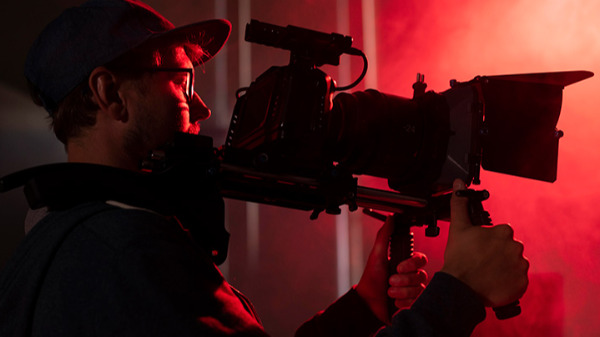In the realm of videography, the ability to tell a compelling story is what sets remarkable videos apart from the rest. Cinematic storytelling is a skill that goes beyond technical proficiency, weaving together visuals, sound, and emotions to captivate audiences. Whether you're an aspiring videographer or a seasoned professional, mastering the art of cinematic storytelling is crucial for creating impactful videos that resonate with viewers.
Understanding the Core Elements of Cinematic Storytelling:
At the heart of cinematic storytelling lie fundamental elements that shape the narrative. These include the plot, characters, setting, conflict, and resolution. By understanding how these elements interplay, videographers can create videos that engage, entertain, and leave a lasting impression.
Crafting a Compelling Narrative:
Every great video begins with a well-crafted narrative. Just like in traditional storytelling, videographers should structure their videos using the three-act framework: setup, confrontation, and resolution. This structure forms the backbone of your video and guides viewers through an emotionally resonant journey.
Visual Techniques for Enhancing Storytelling:
Visual storytelling is a cornerstone of cinematic videography. Through shot composition, framing, and camera movement, videographers can convey emotions, build tension, and guide the audience's focus. These techniques allow you to translate your story into a visual language that speaks directly to the viewer's emotions.
The Power of Sound and Music:
Sound plays an integral role in cinematic storytelling. The right sound effects and music can set the tone, evoke emotions, and immerse viewers in the story's world. Careful selection and placement of audio elements enhance the narrative's impact and create a more immersive experience.
Editing for Emotional Impact:
The editing process is where the pieces of your cinematic story come together. Effective editing techniques, such as pacing, rhythm, cuts, and transitions, have the power to intensify emotions and maintain a seamless flow. Skillful editing enhances the storytelling process by guiding the audience's emotional responses.
Case Studies: Real-World Examples:
Studying successful examples from films and videos can provide invaluable insights. Analyzing how renowned directors and videographers employed cinematic storytelling techniques in their work can inspire new approaches and innovative ideas for your own projects.
Embracing Creative Freedom:
While mastering essential techniques is vital, it's equally important to find your unique voice and style as a videographer. Don't be afraid to experiment with unconventional storytelling methods and adapt them to your projects. Embracing creative freedom sets you apart and allows you to create videos that are truly distinctive.
Collaboration and Feedback:
Collaboration is a powerful tool for enhancing your storytelling skills. Working with others, such as writers, editors, and fellow videographers, brings fresh perspectives and ideas to the table. Constructive feedback helps refine your storytelling, enabling you to deliver narratives that resonate more deeply.
Practicing and Refining Your Skills:
Becoming a master of cinematic storytelling requires consistent practice. Engage in exercises that challenge your creativity and narrative-building abilities. Explore workshops, courses, and online resources to continuously refine your skills and stay updated with industry trends.
Conclusion:
Mastering the art of cinematic storytelling is a journey that combines technical expertise with creative finesse. By understanding the core elements, experimenting with visual and auditory techniques, and embracing collaboration, videographers can create videos that truly captivate audiences and leave a lasting impact.
